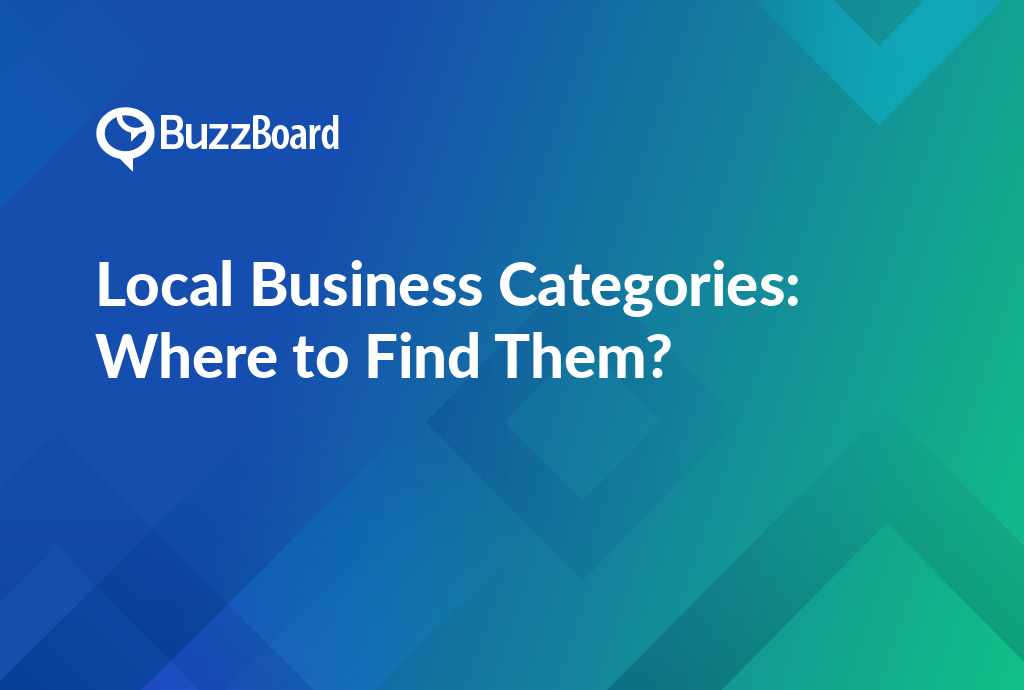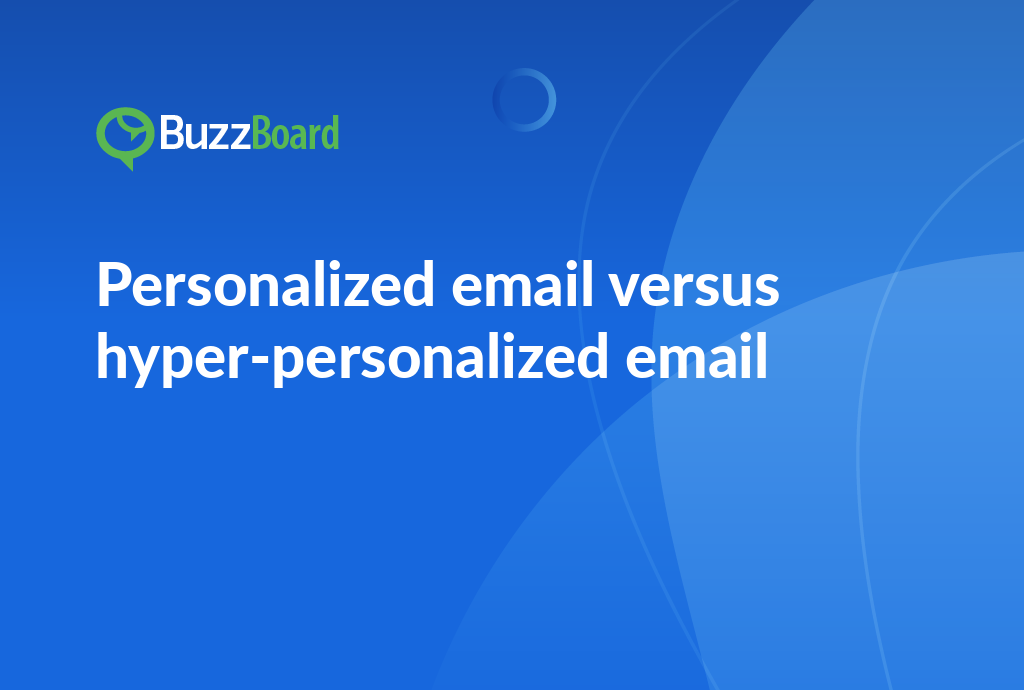What Are Local Business Categories and How Can They Be Useful in Prospecting for New Clients?
Understanding local business categories and the use of the North American Industry Classification System (NAICS) codes is crucial for prospecting new clients. These categories cover a broad range of industries, making them an invaluable resource for sales reps looking to diversify their client base.
The NAICS, a system federal agencies utilize to classify business types, offers an extensive list of business categories. Each code corresponds to a specific industry, providing a guideline to identify prospective clients’ industries. By leveraging these codes, you can customize your prospecting tactics based on industry trends, allowing for a more targeted approach.
Local business prospecting takes this a step further. With a detailed understanding of business classifications, your locality-specific sales strategy can be strengthened. Focusing on local businesses, rather than large corporations, offers an in-depth comprehension of the regional economy, marketplace trends, and the specific needs and challenges small businesses face. This knowledge enables you to provide customized digital marketing solutions that resonate with local business owners and positively influence their growth.
Incorporating data from business categories and NAICS codes into your strategic planning process allows for a more effective sales tactic. Moreover, this understanding initiates meaningful conversations with prospects, positioning your agency as a vital resource in their digital marketing initiatives.
Identify and Explain the Role of NAICS Codes, a Known System for Business Classification, in Finding Local Business Categories
In the digital marketing sphere, understanding local business categories through systems such as NAICS codes is crucial. As a sales representative, grasping the significance of these codes can significantly enhance your prospecting efforts for local businesses.
The North American Industry Classification System (NAICS) is a business classification system developed by statisticians from the U.S., Canada, and Mexico. It categorizes businesses into sectors based on their primary activities in the economy. For example, a quick-service restaurant might fall under the NAICS Code for “Food Services and Drinking Places.”
This numerical system is a valuable tool when compiling targeted marketing campaigns for specific local business categories. A particular NAICS code can pinpoint businesses that would benefit most from your digital marketing strategies, bolstering your ability to prospect effectively.
In simpler terms, utilizing NAICS codes assists in focusing your marketing endeavors, helping to identify businesses within specific sectors. This reduces squandered resources on companies that may not require your digital marketing expertise, allowing you to offer specialized services to specific business classifications.
Keep in mind, your understanding of NAICS codes not only expands your prospects database but also allows you to provide personalized services to your clients. Master them, and you’ll possess a potent tool for identifying and targeting local business categories.
Various Methods and Platforms Where Executives of Digital Marketing Agencies Can Find Local Business Categories
When exploring opportunities in the digital marketing landscape for local businesses, it’s crucial to identify suitable business categories. Various methods, platforms, and tools are available to help executives at digital marketing agencies find these local business categories.
One such resource is the North American Industry Classification System (NAICS). This guide is a comprehensive resource for business classification that can aid in prospecting local businesses. With an emphasis on industry specifics, NAICS codes can help identify and define hundreds of new, emerging, and advanced technology industries.
Alternatively, online directories like Yellow Pages and Google My Business are beneficial platforms for finding local business categories. These directories offer information on businesses classified by industry, location, and size, providing a quick and easy way to find potential local clients.
For a more technologically advanced method to identify business categories, consider using tools such as BuzzBoard and BeauBump. These tools provide insights into business data, including classifications, making it easier for sales reps to understand which local businesses might need their services.
Remember, understanding the business classification of your potential clients is only the first step. Utilizing this information to tailor your services to their specific needs will set your agency apart.
Why Understanding Local Business Categories Is Crucial for Digital Marketing Agencies in Their Campaigns and Client Targeting
Sales representatives in digital marketing agencies understand the crucial role of niche targeting. An often undervalued yet essential component in this process is local business categories.
Gaining insight into local business categories aids in segmentation and optimization of marketing strategies. Businesses are assorted into various divisions through North American Industry Classification System (NAICS) codes. These codes are resources that each sales representative should utilize.
NAICS codes serve as a valuable tool for prospecting local businesses. They equip you with a discerning understanding of business classifications, empowering you to fine-tune your marketing efforts. This knowledge offers priceless insights into specific local industry trends and how to customize your services for maximum relevance and impact.
This targeted approach enables digital marketing agencies to specifically meet the needs of local businesses, thus boosting conversion rates and ensuring a higher return on investment (ROI).
Grasping the local business landscape reveals the competitive dynamics within a market. Command over these categories and classifications could allow agencies to identify untapped opportunities and areas of need that have remained inadequately addressed.
Moreover, it lays a sturdy foundation for fostering long-term partnerships with local businesses. It signals to prospective partners that your agency comprehends their business model, their hurdles, and their objectives.
Develop a Simple Guide on How to Use Local Business Categories for Prospecting in Local Businesses and Improving Your Client Reach
When targeting local businesses, understanding different local business categories and methods for prospecting is crucial. Each industry within the local business sphere has a North American Industry Classification System (NAICS) code. These codes classify businesses according to their primary economic sectors.
Comprehending these business classifications can refine your prospecting pursuits for local businesses. By using NAICS codes, you can identify leads within specific industries, enhancing your client reach.
For example, if your agency excels in digital marketing strategies for food service industries, you should target businesses under NAICS codes starting with 722 – Food Services and Drinking Places. The goal is to reach out to businesses that can truly benefit from your services, thus making your digital marketing proposal attractive.
However, understanding NAICS codes is only part of the equation, you must also learn how to utilize these codes for prospecting. Start by visiting the US Census Bureau’s website and using their search tool to identify potential industries. Once you have a list, conduct additional online research to gather more information about each business.
With proper use of local business categories and NAICS codes, your agency’s prospecting efforts can significantly improve, resulting in enhanced client reach.
To simplify prospecting, consider using specialized tools like Pitchbook or Buzzstream that incorporate NAICS codes. Such tools offer immediate access to an extensive database of contacts within the specified business categories.
Mastering local business prospecting necessitates time and practice, but the results will show in the quality of leads and an expanded clientele.









